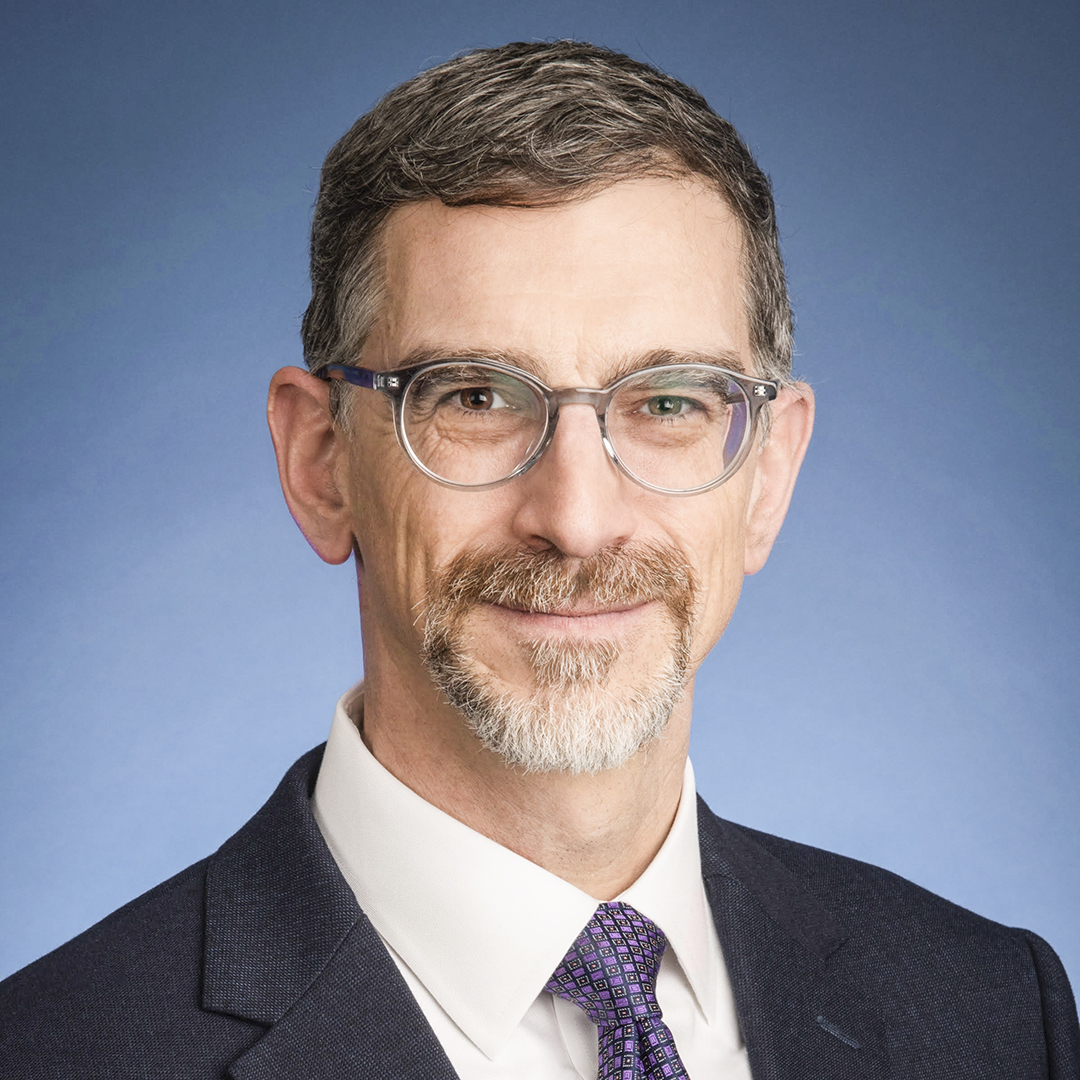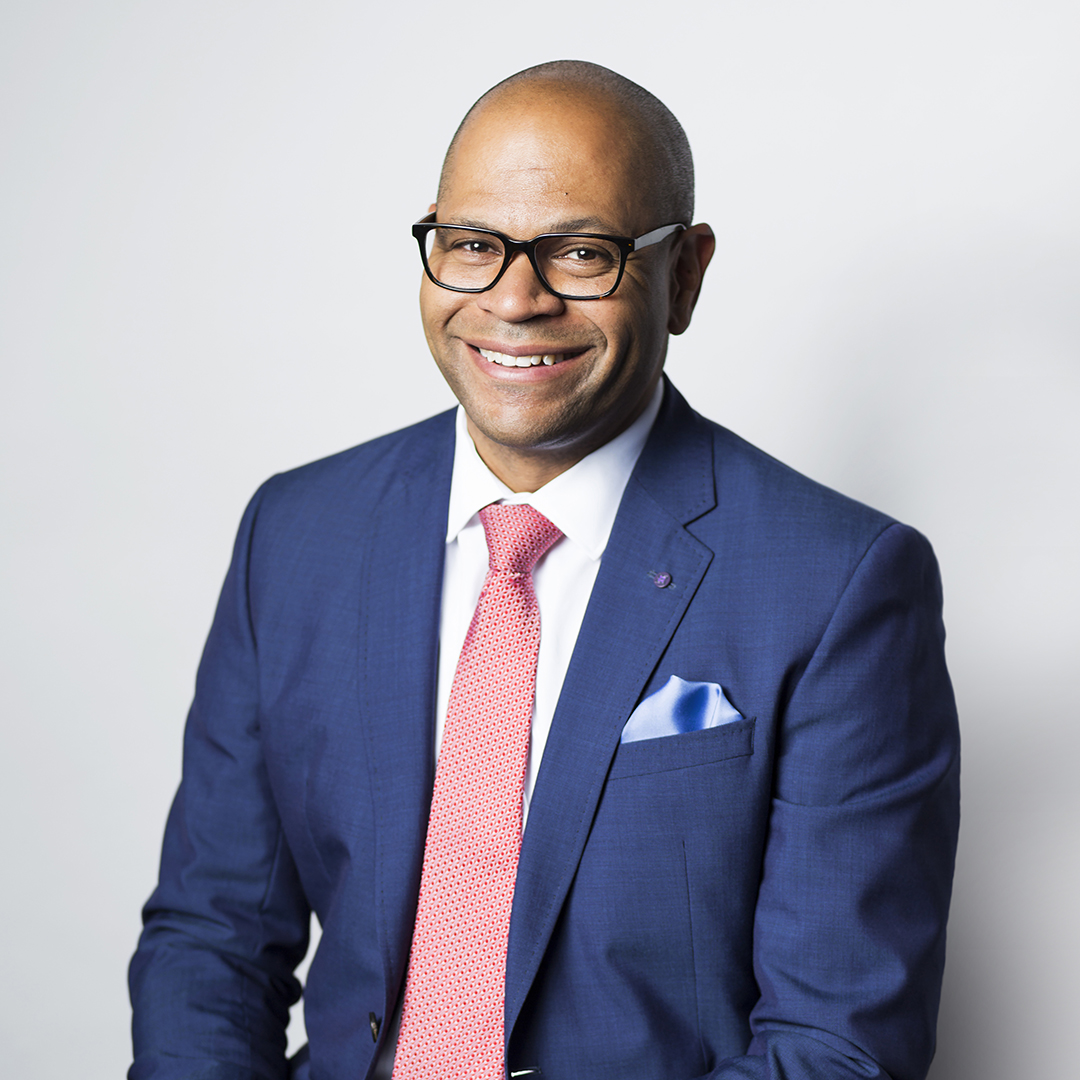Peter Braveman’s career path took some far-flung twists and turns in its early years. It began with an English degree from Princeton University, where he wrote his senior thesis on the journalist and Pulitzer Prize-winning writer John McPhee. He spent hours interviewing and shadowing McPhee, with whom he’s maintained a friendship for more than fifty years.
Upon graduation, Braveman spent a year studying and “trying to write” while at Bristol University in England. Eventually, he moved to New York, where he found himself dissatisfied with his writing and the available prospects in the New York publishing industry. As a result, he decided to attend law school and parlay his interest in publishing into a legal career covering copyright law and other industry issues.

But his dual interest in publishing and law served him well after he earned his degree from the University of Utah College of Law, helping him win the Max Rheinstein Grant from the Alexander von Humboldt Foundation. With the Foundation’s support, he served a two-year stint after law school on the legal research staff of the Max Planck Institute for Foreign and International Patent, Copyright and Competition Law in Munich, Germany.
When he returned from Germany, Braveman landed a job with Los Angeles-based Loeb & Loeb LLP, where he worked closely with the administrators and practitioners at Cedars-Sinai, which became his primary client. He helped shepherd the academic medical center through everything from real estate to research issues.
After eight years collaborating with Cedars-Sinai as outside counsel, Braveman joined the staff as its first in-house lawyer in 1987. More than thirty years later, Cedars-Sinai’s recently retired and former senior vice president for legal affairs and general counsel reflects on the connection he felt to the organization, even as outside counsel.
“I don’t want to make too much of it, but I always had a sense I could talk to doctors because I had known doctors,” says Braveman, who remembers his ophthalmologist father providing care for patients who couldn’t always pay. “He was a charitable person who was doing what was right for his patients, and I think that rubbed off. Certainly, my desire to assure that the institution I represented provided the best quality of care to patients and assured the best outcomes for the people we served stems from that.”
Although the healthcare industry felt like home to Braveman, he says the past four decades have been a continual learning experience, even though he spent the majority of that time working for a single organization. The industry has evolved, as has Cedars-Sinai, which started in 1902 as a twelve-bed hospital in the Boyle Heights neighborhood of Los Angeles. Today, Cedars-Sinai annually serves more than one million people at more than forty locations, including its flagship Cedars-Sinai Medical Center in Los Angeles as well as Cedars-Sinai Marina Del Rey Hospital.
“I think a trait people who do what I do must have is being scrupulously honest about what they don’t know,” he says.
Throughout his tenure, Braveman spent a significant chunk of each day reviewing new developments in the industry that could have legal ramifications for the organization and sharing those insights with his legal staff members, who all have carefully curated specialties they bring to the table. He was also surrounded by medical professionals and administrators who could help him connect the dots between patient care and courthouse concerns.
“If you work in a hospital—especially an academic hospital—there are people with true expertise in their fields,” he says. “There are a lot of people you can learn from in an institution like this.”
Braveman also looked to lawyers outside the organization to answer those questions he and his staff weren’t able to address on their own. He engaged more than fifty firms worldwide to address a multitude of issues ranging from antitrust to zoning. Some of the outside lawyers stood out, not only as subject matter experts, but also as active partners whose interest in the healthcare industry and its issues didn’t end when their client contract with Cedars-Sinai did.
“In my position, I’ve found people who not only have the technical expertise, but were interested in gaining knowledge about the institution and its internal processes,” he says.
Braveman followed those curious contractors even when they switched law firms, watching many of their careers bloom into partnerships with major firms. And, although he was in-house at Cedars-Sinai for more than thirty years, he too, is constantly growing, both personally and professionally.
“It’s been nearly forty years for me either working for or at the same institution but, frankly, it seems like a short period of time. It’s been ever-changing. And that’s what also made it so interesting,” he said of his career.
Life Outside the Legal Realm
In addition to his focus on learning from the past and the experts around him, part of Peter Braveman’s personal and professional philosophy has always revolved around enjoying the ride and cultivating a life outside work.
Already an avid tennis player and devoted father and grandfather, he took up the guitar about a decade ago. “I was either going to learn another language or an instrument,” he says. “And I decided to go with the instrument—which, to my surprise, turned out to be a totally new language for me.”
Hooper, Lundy & Bookman is a proud partner of Cedars Sinai and congratulates Peter Bravemen on his 40 years of continued commitment to excellence and innovation in the health care industry.

